June 4, 2025 | 17:21 GMT +7
June 4, 2025 | 17:21 GMT +7
Hotline: 0913.378.918
June 4, 2025 | 17:21 GMT +7
Hotline: 0913.378.918
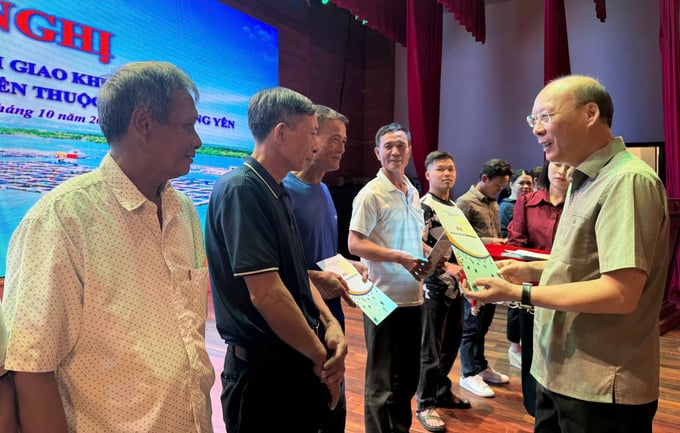
Leaders of Quang Yen town hand over the water surface to marine farming households. Photo: Cuong Vu.
More than a month has passed after Typhoon No. 3. Programs to support and encourage aquaculture farmers in Quang Ninh province have taken place. On September 27, in Van Don, Deputy Minister of Agriculture and Rural Development Phung Duc Tien visited and encouraged fishermen who suffered human losses due to the storm and supported them to restore production. Accordingly, the units presented local fishermen with 1,000 buoys, 30 HDPE boats, and 1 million seaweed seeds.
Quang Ninh province has handed over the water surface to the people. Particularly on September 30, the People's Committee of Van Don district issued the decision to hand over the sea area under its jurisdiction within the 3 nautical mile management area. The direct subject for marine farming includes 5 households raising fish in the waters of Cai Rong town. The total area was 2.5 ha, with each family receiving 0.5 ha.
Pham Van Duong, a resident of Zone 9, Cai Rong Town, Van Don District, said, “My family is very happy to be one of the first households in the district to be allocated an area for marine farming according to regulations. Whether it is at sea or on land, we must settle down first to be able to make a living. This is also considered an asset that I can mortgage to the bank to borrow capital and restore production”.

Presenting buoys and HDPE boats to fishermen in Van Don district. Photo: Nguyen Thanh.
In the case of Quang Yen town, the scheme to develop marine farming until 2030, vision to 2045 chooses a total area of 865 ha located within the 3-nautical mile area under the town’s authority. According to the plan, by mid-November 2024, Quang Yen town will complete the allocation of sea areas to over 400 households under the livelihood category to rebuild their farms confidently.
“In order to restore production, the Department focuses on two main issues. The first is sea allocation, which is the legal basis for people to invest in the provided sea area. The province has temporarily allocated sea areas to a number of cooperatives and officially allocated to nearly 170 households in Van Don and Quang Yen.
“The second is about marine farming standards. The Department has proposed the provincial People's Committee to soon issue standards and guide marine farmers on how to apply materials, methods, and structures so the farming procedures of each type can achieve the highest efficiency," said Phan Thanh Nghi, Deputy Director of Quang Ninh Department of Agriculture and Rural Development.
According to Nguyen Minh Son, Director of Quang Ninh Department of Agriculture and Rural Development, the entire province has planned approximately 45,000 ha of sea area in 9 localities for aquaculture development, including Quang Yen, Ha Long, Cam Pha, Van Don, Co To, Tien Yen, Dam Ha, Hai Ha, and Mong Cai.
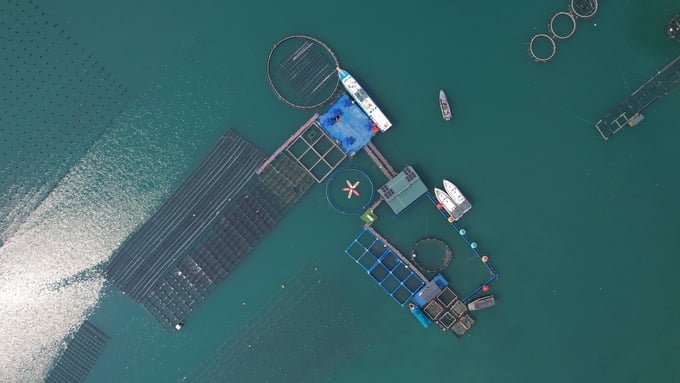
Quang Ninh plans approximately 45,000 ha of sea area for marine farming. Photo: Nguyen Thanh.
Quang Ninh arranges the sea area to attract investment projects in industrial marine aquaculture in accordance with the orientation of socio-economic development. A total of 13,400 ha of sea area are planned among localities.
According to Do Dinh Minh, Head of Quang Ninh Sub-Department of Fisheries, in order to have a legal basis for implementing planning and assigning sea areas to organizations and individuals, coastal localities need to develop plans/projects for marine farming and maps/diagrams of sea areas.
One thing to note is that the Decree No. 11/2021/ND-CP, dated February 10, 2021 of the Government regulating the allocation of sea areas still has some shortcomings.
The appraisal of dossiers requesting the allocation of sea areas under the authority of the provincial People's Committee in the sea area from 3-6 nautical miles, in addition to the opinions of the provincial-level Military and Police agencies, must also seek opinions from four relevant ministries and branches, namely the Ministry of National Defense, the Ministry of Public Security, the Ministry of Foreign Affairs and the Ministry of Natural Resources and Environment. This leads to complicated administrative procedures, making it difficult for enterprises, organizations and individuals participating in marine farming investment.
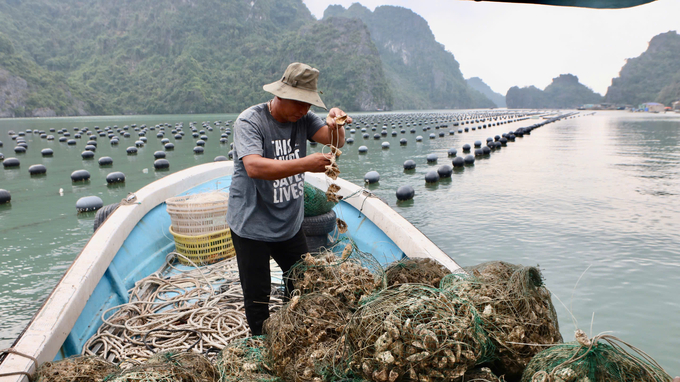
The allocation of sea area creates a solid foundation, helping local fishermen “settle down and make a living”. Photo: Nguyen Thanh.
Document No. 8327/BTNMT-PC, dated September 28, 2023 of the Ministry of Natural Resources and Environment mentions that the Ministry has developed and submitted a Decree to the Government for promulgation. This decree raises the matters of amending and supplementing a number of articles of Decree No. 40/2016/ND-CP, dated May 15, 2016 detailing the implementation of a number of articles of the Law on Marine and Island Resources and Environment, along with Decree No. 11/2021/ND-CP, dated February 10, 2021 of the Government regulating the assignment of certain sea areas to organizations and individuals for exploitation and use of marine resources.
When this Decree is issued by the Government, the Ministry of Natural Resources and Environment will publish, review and revise the lowest average sea edges in many years of the mainland, the largest islands belonging to the island districts, and the outer boundaries of areas within the 3 nautical miles and 6 nautical miles marks. It will serve as a basis for relevant units to carry out procedures for allocating marine farming areas.
Translated by Samuel Pham
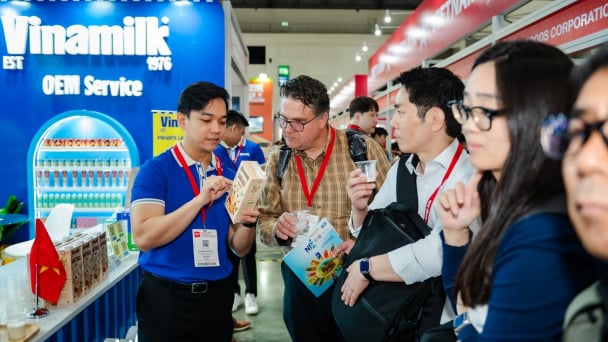
(VAN) At Thaifex Anuga Asia 2025, Asia’s leading food and beverage trade show, more than 170 Vietnamese enterprises are participating, with Vinamilk having been a consistent presence for nearly 20 years.
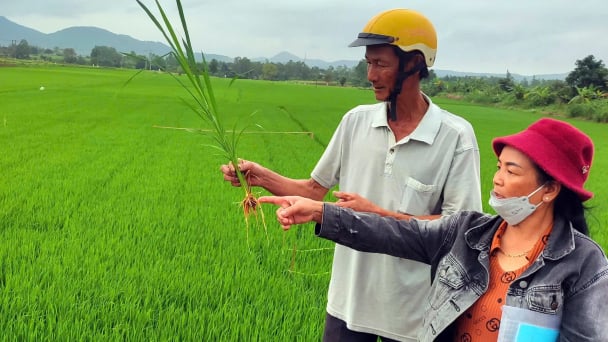
(VAN) On June 3, the Institute of Agricultural Environment organized a workshop titled 'Supporting greenhouse gas inventories in agriculture: Enhancing technical and governance insights for rice production in Vietnam'.
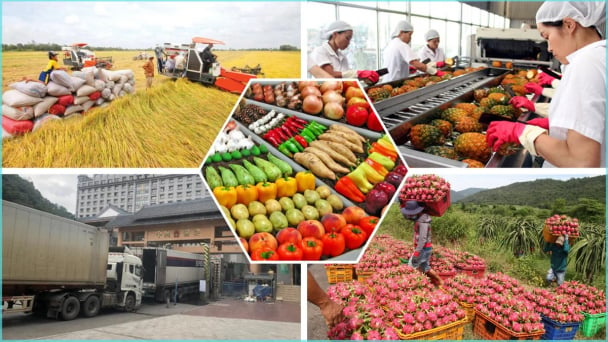
(VAN) In the first 5 months, the export turnover of agricultural, forestry, and fishery products rise significantly, thanks to a relatively stable domestic production and export market.

(VAN) Deposit Return System (DRS) created a natural cycle of responsibility, reinforced by social norms and practical necessity. Materials had value and returning them was second nature.
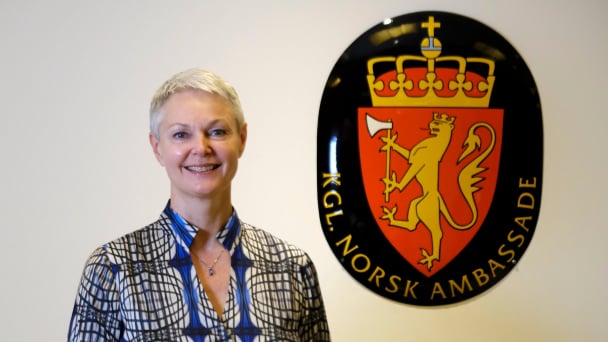
(VAN) According to the Norwegian Ambassador to Vietnam Hilde Solbakken, sorting waste at source and individual responsibility are key factors for sustainable waste management.

(VAN) On June 5, in Can Tho City, the Vietnam Rice Industry Association (VIETRISA) and Trung An Company will hold a ceremony to export the first shipment of 'Green and Low-Emission Vietnam Rice' to Japan.
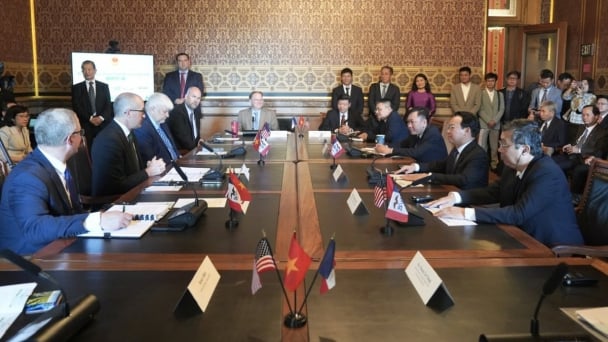
(VAN) Minister Do Duc Duy believes this event will mark the start of a new chapter in deeper cooperation between Vietnam’s agricultural sector and the state of Iowa.